The Republic of Malta, or the Repubblika ta’ Malta, is commonly called Malta. It is an archipelago but only the three largest islands are occupied. They are Malta, Gozo or Ghawdex and Kemmuna or Comino.
Malta lies in the Mediterranean Sea south of the island of Sicily. It is strategic location between the sites of the Ancient Civilizations of Northern Africa, Southern Europe and the Middle East is witnessed by the architecture of the islands. The Phoenicians, Greeks, Romans and many others have all left their mark on the islands. Today Malta lies at the confluence of the major Mediterranean Sea lanes making it an important stop over for merchant vessels.
Malta is truly a unique archipelago. It is both prehistoric and the futuristic.
1. The History of Malta: The earliest archaeological remains found in Malta date back to 5000 BCE, indicating the presence of Neolithic farmers. These farmers produced pottery, similar to the pottery of eastern Sicily. About a thousand years later a complex Cult of the Dead evolved. A unique underground burial site (hypogeum) was discovered at Hal Saflieni, in Paola. The site is a World Heritage Site and a much visited tourist spot.
2. Between the 8th and 6th centuries BCE, there is some evidence of a Semitic influence in the islands. Semitic peoples come from North Africa and South West Asia. The discovery of 6th century BCE coins inscriptions and Punic style rock tombs, and a temple at Tas Silg has confirmed a Phoenician presence.
3. By 218 BCE Malta came under the control of the Romans. In 60CE, the apostle St Paul was shipwrecked on the island and he is thought to be responsible for converting the inhabitants to Christianity, currently the dominant religion. When the Roman Empire was divided in 395 CE, Malta was ruled from Constantinople (modern Istanbul). Thereafter the islands came under Byzantine Rule, followed by Arab Rule. These influences can be seen in the language and customs of the Maltese (people from Malta).
4. The Normans (France) and Swabians (Germany) that followed created new legal and government structures. The Angevin (British and French) Rule and the Spanish Rule further added to the culture cocktail.
5. The Holy Roman Emperor Charles V ceded the archipelago to the Order of the Knights of Rhodes. This stalwart religious-military order of the Roman Catholic Church added a cosmopolitan flavour to the islands. Their determined stand against the Ottoman siege in 1565, created the tradition of valour that became an invaluable asset to the British war effort in both World Wars.
6. In 1798 Napoleon attempted to annexe Malta, but the inhabitants sought the help of the British, who ousted the French in 1800. Malta was then under British rule till it became Independent in 1964.
7. Despite repeated bombings by the Axis Powers during the Second World War, the Maltese did not surrender. King George VI of England awarded the island the George Cross for bravery. The Maltese flag has two vertical bands, one red and the other white. The white band is on the hoist side and the George Cross, the highest British civilian decoration, can be seen on it.
8. The official languages are Maltese and English. Italian was the official language before the arrival of the British. The Maltese initially resisted the introduction of English as an official language and many people still understand and speak Italian. The medium of instruction in schools is English. Maltese, one of the official languages of the EU, is a fusion of North African Arabic and a Sicilian dialect of Italian. It is the only Semitic language to be written in the Latin script.
9. Valletta is the tiny capital of Malta. It was built in the 16th and 17th century. It is covers an area of 600m by 1000m and has a population of only 197,000. The city commemorates the victory of the Maltese over the Turks at an annual carnival. The Parata Sword Dance and the Il Maltija (the national dance) are performed.
10. This tiny Republic is largely dependent on imports to meet the nutritional needs of the population. The economy is largely service oriented. It is a financially stable, peaceful country with a high quality of life. Internationally acclaimed artistes from Malta include Dun Karm, the national bard, the playwright Francis Ebejer, the soprano Miriam Gauci and the tenor Joseph Calleja.

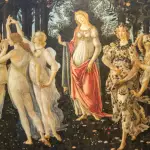
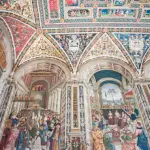
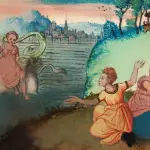
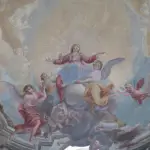
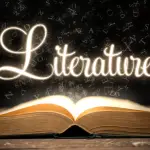





Leave a Reply